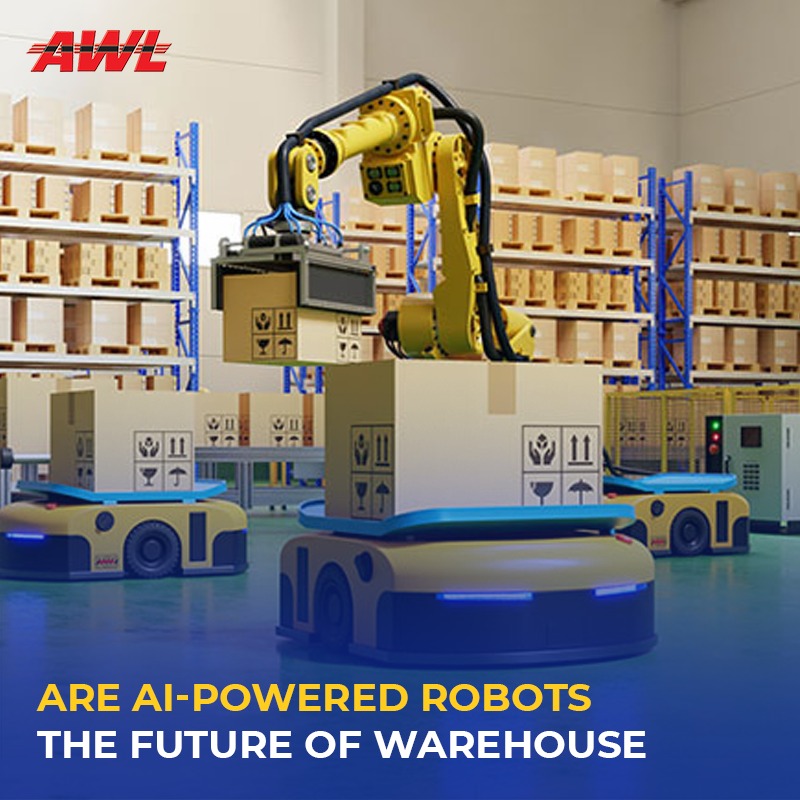

In the last one year, businesses across the globe have understood the importance of Supply Chain Resilience the hard way. The Covid 19 pandemic has clearly exposed the huge gaps in real time data, system and processing in the supply chain management. Today, it has become extremely important for businesses to analyse the current pain points and plan accordingly for any future disruptions.
How can a Resilient Supply Chain Help?
A resilient supply chain can help your business respond and recover fast to any unexpected disturbances while supporting you in either returning to your normal situation or moving to a more desirable one.
The pandemic has exposed businesses to volatile times. There have been two extremes. While some companies have and are still struggling hard to meet sky rocketing customer needs in industries like grocery, home products and recreational supplies where the e -commerce boom has been unimaginable with demands rising over 200 percent . On the other hand the businesses dealing in retail stores and restaurants have witnessed devastating downfall as a result of lockdown and are still grappling.
Rethinking Supply Chain Management Strategies
Marketing experts in companies across the globe are brain storming on what could have been done differently for better outcomes. Immense discussions on how to match supply and demands effectively, each time point to the dire need to develop supply chain resilience. What we badly need today is real time information and sense of strong visibility.
Businesses in the new normal have no choice but to make adjustments as per the new market requirements and future winners will be the ones who can address the gaps quickly and be first to capture the new trends.
There are things that need to be done differently. Here is a quick look at some of the essential capabilities a resilient supply chain should possess.
Eliminating Information Lags- As a business if you could do away with information delays across your entire supply chain, any change in demand would riffle across all the tiers. Thus the information will reflect real time to all direct as well as indirect suppliers. This will give everyone in the chain greater response time improving overall performance.
Real time tracking and visibility - This is something that companies across the globe will strive to attain. Imagine having real time visibility into all your inventories, orders and shipments. This will help you effectively match demand with supply, real time and without fail. And in this case, when there is a demand shift, you can reallocate your inventories accordingly achieving optimum results. The benefits include improved customer service and much lower costs!
Automation of Routine Tasks - Automation of mundane tasks is another important step that businesses need to take immediately. Why engage your expert staff in places they are being wasted? Automation will enable them focus on critical areas of the business where they can add real value. And when you have a big force of intelligent business representatives to predict future problem areas, you would be able to effectively use prescriptive analytics to find the best course of action for any given problem. This would help improve agility of your business while lowering overall expenses.
United on a Single Platform - Last but not the least, imagine how seamless the entire supply chain will turn out to be if a business could bring its suppliers, carriers and customers all on to the same working platform! A single platform to share everything from your plans and forecasts to inventories, orders, shipments and ETAs. This integrated and orchestrated process would bring out the best in everyone while promoting healthy competition.
Businesses need to adopt these changes for quicker alignment of their supply chains and enhanced cost savings. We need to emerge from this storm and its high time that supply chains drive out their complexities and work on a unified and harmonious plan to build the much needed agility.

